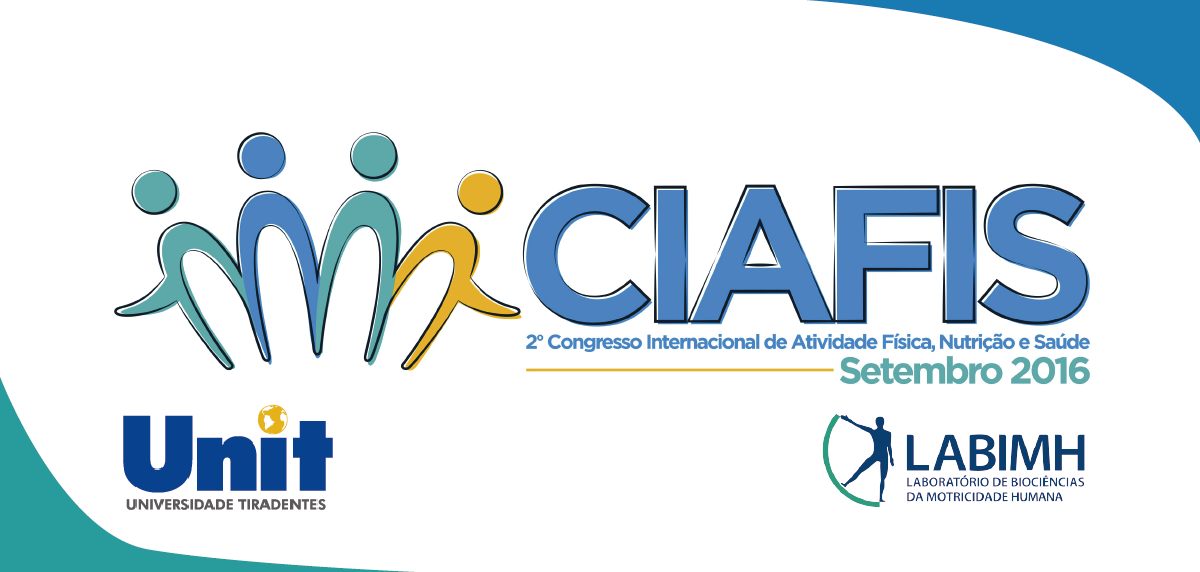CHARACTERIZATION AND ANTIOXIDANT EFFECT OF AQUEOUS EXTRACT OF ANNONA MURICATA L.
Resumo
Introduction: The use of natural antioxidants in the treatment and prophylaxis of diseases induced by free radicals has certain advantages. The great need for new compounds to treat this condition is imminent. Medicinal plants represent a viable alternative for this purpose. Annona muricata L. is a plant traditionally used to treat obesity and diabetes mellitus and few studies have described the effect of this plant. Aim: This study aimed to characterize and to investigate the antioxidant effects of the aqueous extract of leaves of A. muricata (AEAM). Methods: Total phenolic and total flavonoid contents and HPLC analysis, as well as the antioxidant capacity by elimination of DPPH, ABTS and NO radicals, inhibition of lipid peroxidation and the ferric reducing antioxidant power (FRAP) were measured for AEAM (in triplicates). Results were expressed as mean±SEM, and analyzed by ANOVA followed by Tukey´s test. P values <0.05 were considered as significant. Results: Total phenol and total flavonoid contents in the extract were 164.52±1.13 mg/g of gallic acid equivalents and 77.02±0.00 mg/g of quercetin equivalents, respectively. In the HPLC analysis of extract were found five phenolic compounds such as phenolic acids and flavonoids: quercetin 3-glicoside, rutin, chlorogenic acid, catechin and gallic acid were identified. A significant decrease of DPPH radical (relative to the reaction system) was observed at concentrations of 12.5, 25, 50, 100 and 200µg/mL of AEAM (21.06±1.50, 29.60±2.20, 48.74±0.36, 54.51±3.44 and 71.84±0.96%, respectively). Trolox (100µg/mL) also produced antioxidant capacity as it reduced (p<0.001) the DPPH radical (77.5±3.5%). For the radical ABTS was observed difference at concentrations of 1000 and 2000µg/mL of AEAM (38.2±3.2 and 64.2±1.7%, respectively). Trolox (1000µg/mL) also produced antioxidant capacity as it reduced (p<0.001) the ABTS radical (63.0±3.1%). For the radical NO was observed difference at concentrations of 12.5, 25, 50, 100 and 200µg/mL of AEAM (69.5±2.5, 53.3±1.6, 33.2±1.1, 28.5±0.1 and 23.6±0.2 nitrite produced (NP), respectively). Trolox (100µg/mL) also produced antioxidant capacity as it reduced (p<0.001) the NO radical (27.4±0.1 NP).A significant increase in the reducing potential was detected through FRAP assay for the concentrations of 25, 50, 100 and 200µg/mL of AEAM (53.8±7.1, 99.5±7.6, 224.1±9.0 and 472.8±4.0 ferrous sulfate equivalent (FSE), respectively). Trolox (100µg/mL) also increased (p<0.001) this parameter (402.8±14.1 FSE). The basal lipid peroxidation was inhibited at 50, 100 and 200µg/mL of AEAM (19.68±1.89, 48.94±2.79 and 77.59±1.89%, respectively). The concentrations 100 and 200µg/mL of AEAM also inhibited the lipid peroxidation induced by FeSO4 (11.86±3.59 and 24.98±3.36%, respectively). Trolox (100µg/mL) also reduced (p<0.05) the basal and induced lipid peroxidation (55.9±1.7 and 42.6±0.6%, respectively). Conclusion: The present study showed that AEAM possesses antioxidant activity, mainly by neutralizing free radicals and inhibiting lipid peroxidation.Downloads
Não há dados estatísticos.
Downloads
Publicado
2016-11-23
Como Citar
Cercato, L. M. (2016). CHARACTERIZATION AND ANTIOXIDANT EFFECT OF AQUEOUS EXTRACT OF ANNONA MURICATA L. Congresso Internacional De Atividade Física, Nutrição E Saúde, (1). Recuperado de https://eventos.set.edu.br/CIAFIS/article/view/2903
Edição
Seção
Resumo - Nutrição


